Explore the Artemis program with All About Space magazine
Discover how Artemis will bring us one step closer to Mars.
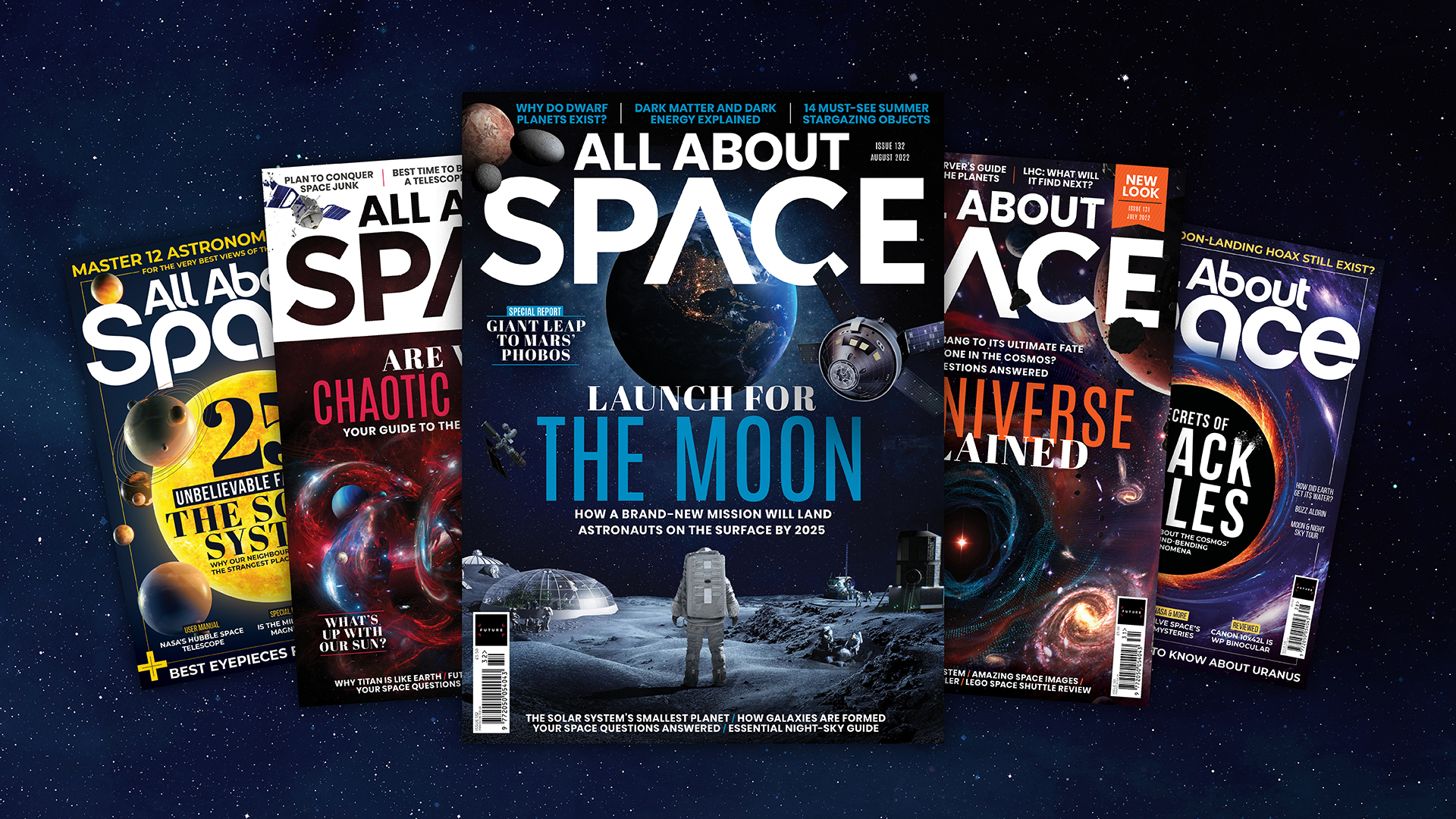
Inside All About Space issue 132, on sale now, explore NASA's biggest mission in over 50 years — Artemis. The mission aims to put boots back on the moon and bring us one step closer to Mars.
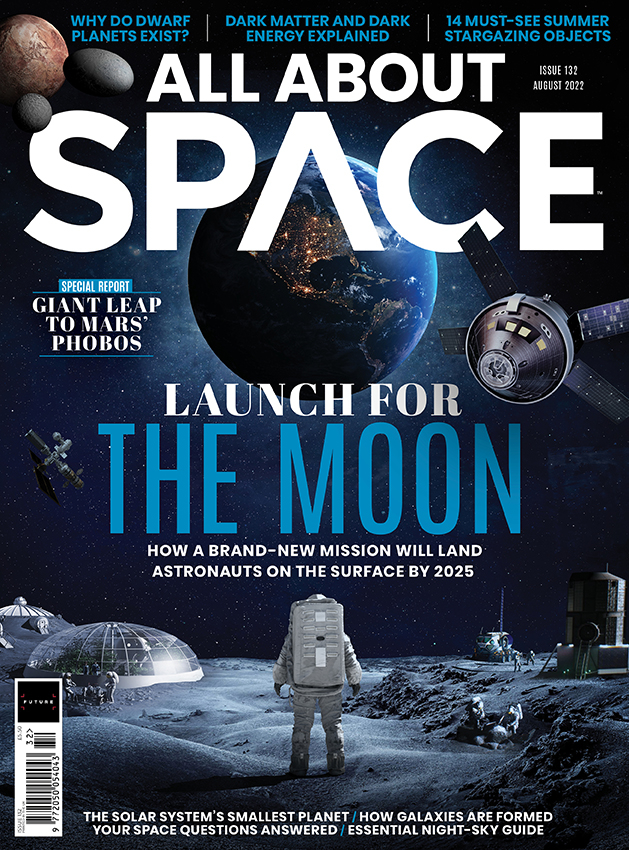
Get All About Space delivered straight to your door or digital device. Subscribe to All About Space from $8.50 per quarter/three issues.
For this cover feature, All About Space takes a deep dive into the famed Artemis moon missions, uncovering the main mission objectives, detailing Orion's route to the lunar surface and exploring the technology behind the ambitious mission.
The latest issue also includes a Q&A with three-time NASA astronaut Steven Swanson, on his experience of life in space and the significance of Artemis.
Related: NASA's Artemis 1 moon mission: Live updates
Elsewhere in this issue, you'll find an in-depth planet profile on Mercury. The minute world is arguably the least explored of the four terrestrial planets.
All About Space also takes a look at Project Icarus, a mission masterminded in 2009 that aims to make the dream of interstellar exploration a reality.
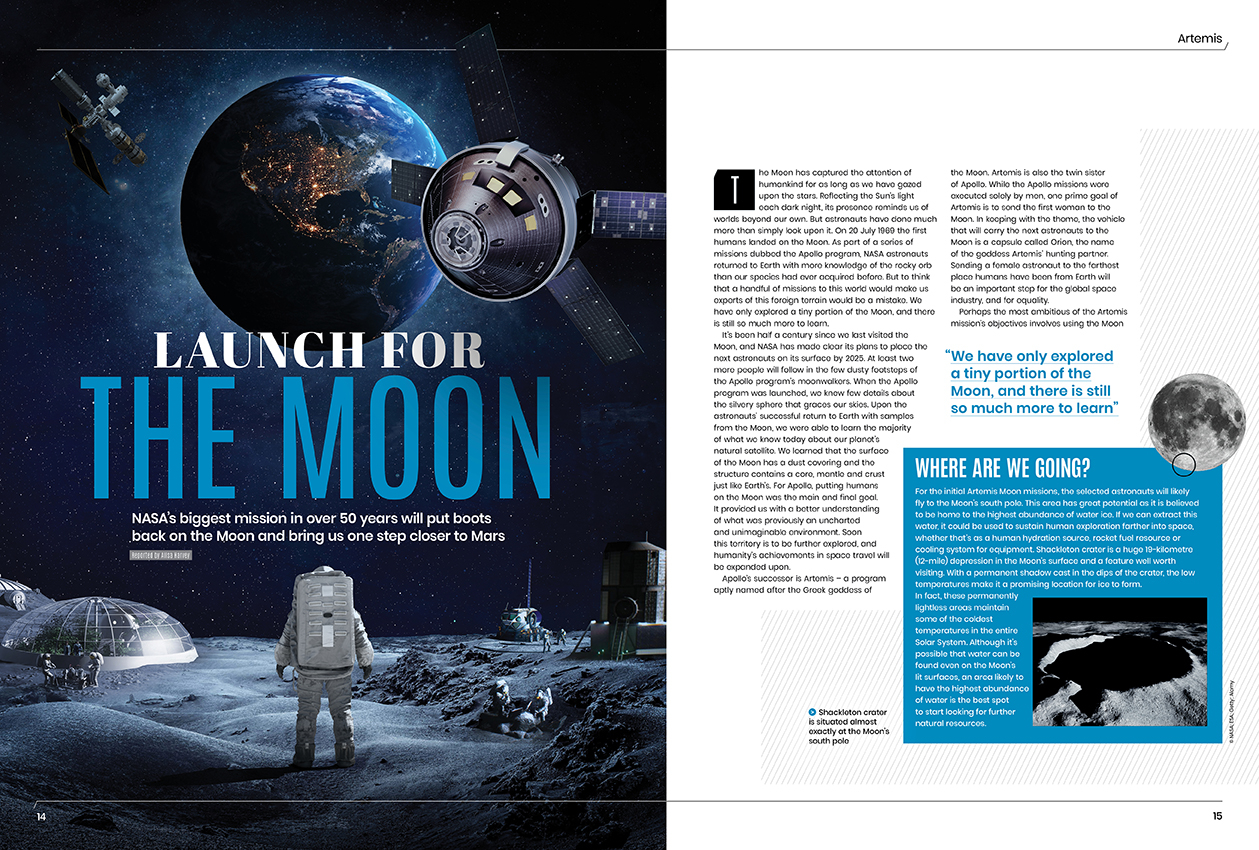
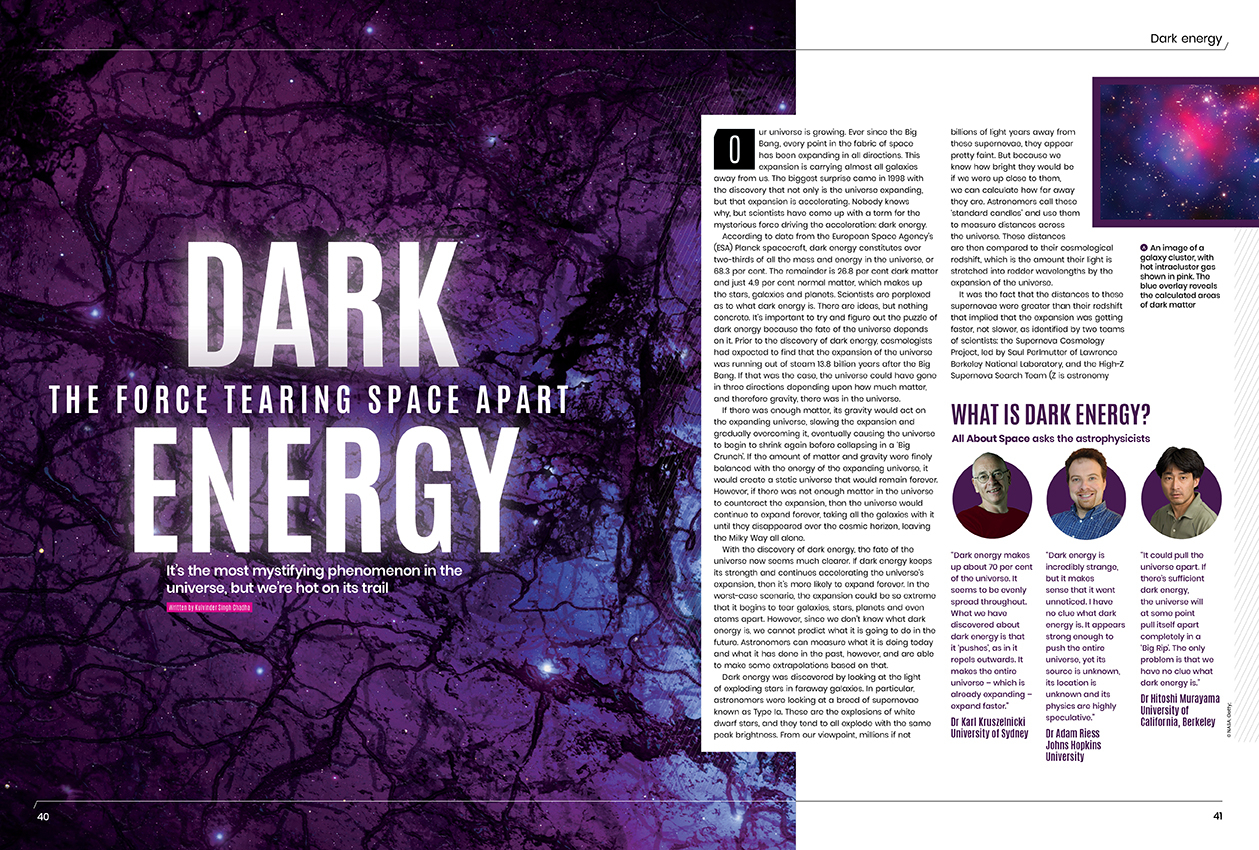
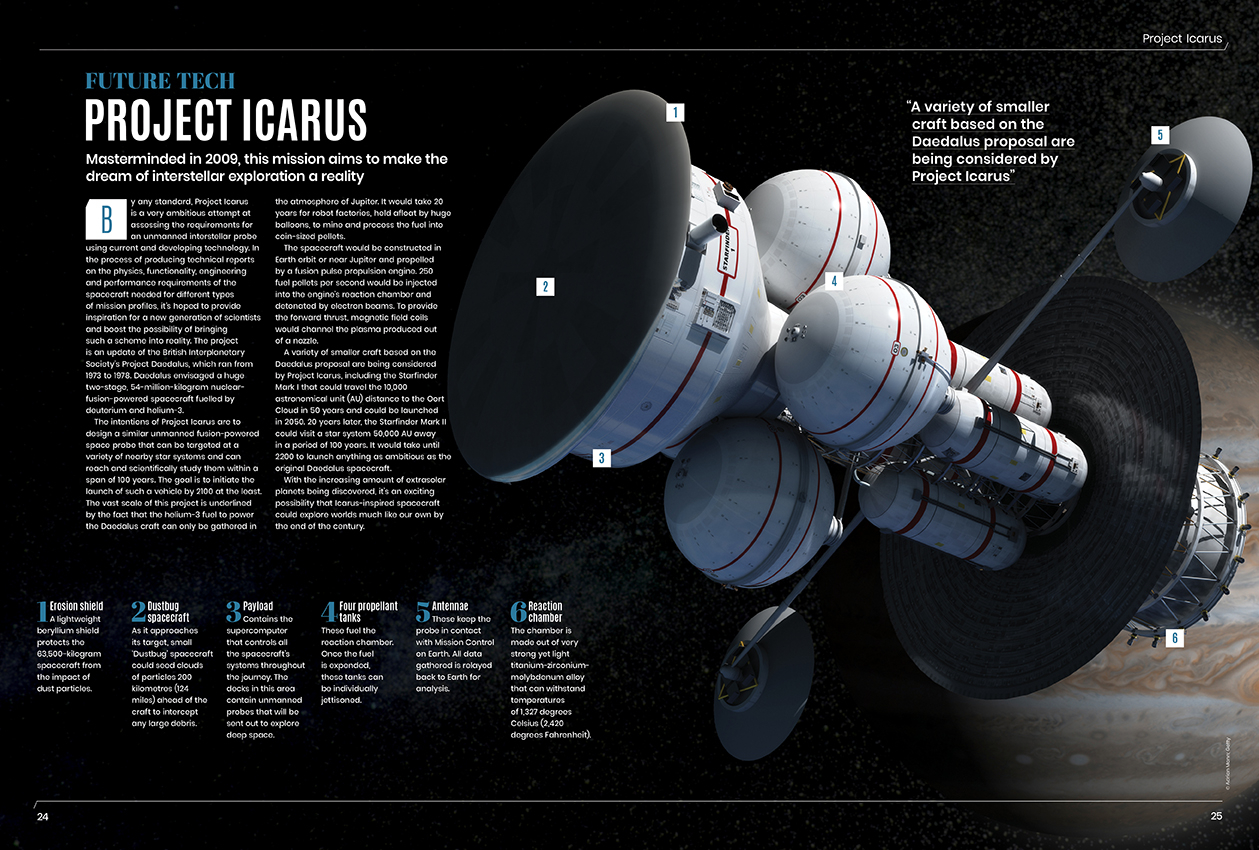
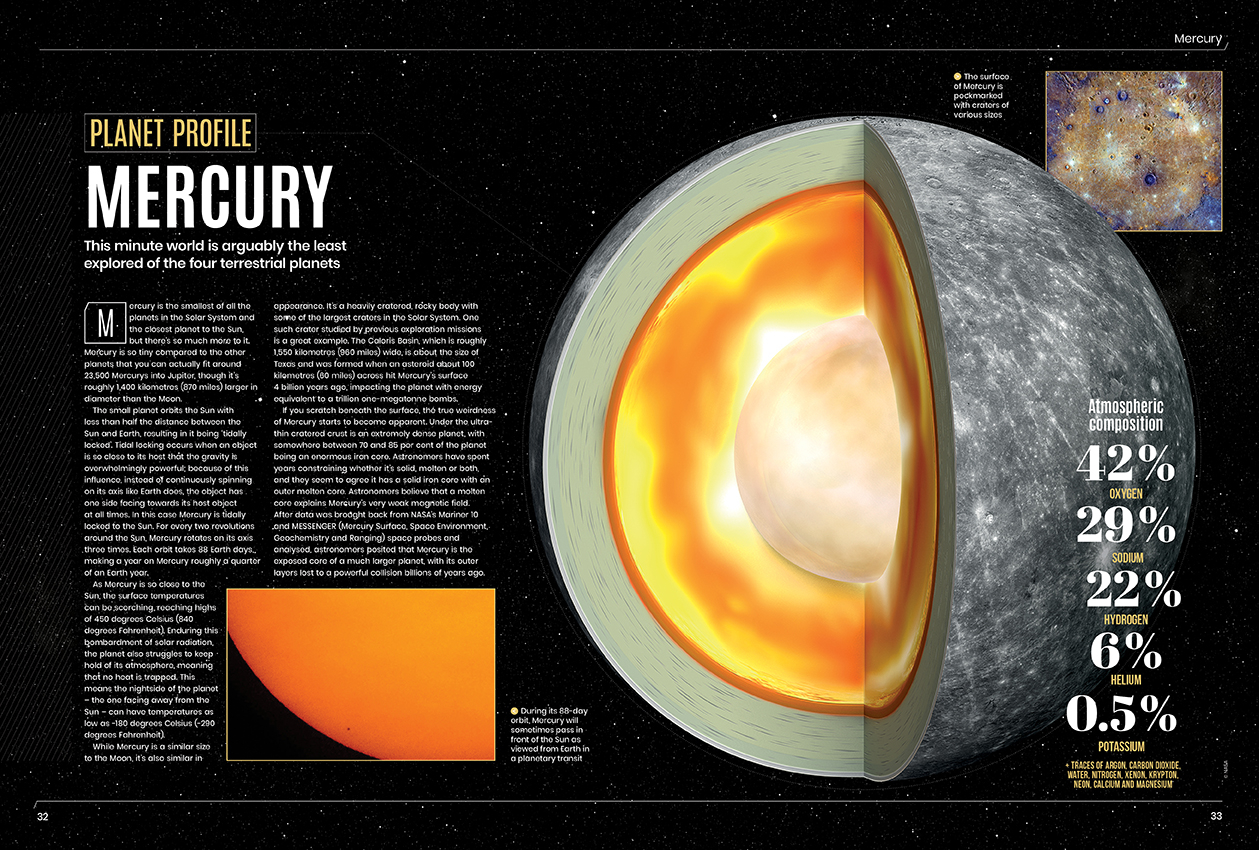
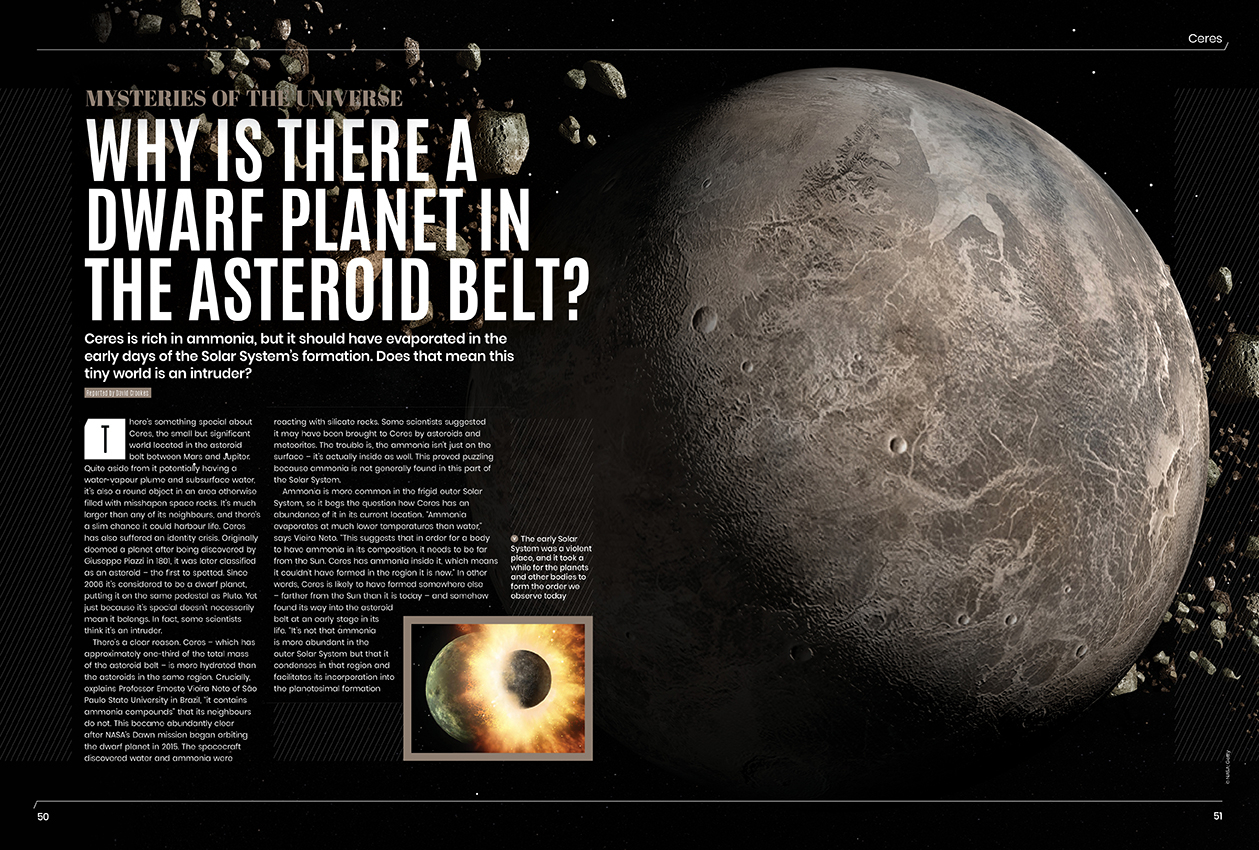
You can also find an in-depth stargazer section filled with useful information on what to look out for in the night sky. This issue includes a list of summer deep-sky delights to look out for during the lighter warmer months and information on where to find them.
Get the Space.com Newsletter
Breaking space news, the latest updates on rocket launches, skywatching events and more!
Take a peek below at All About Space issue 132's biggest features.
Launch for the moon
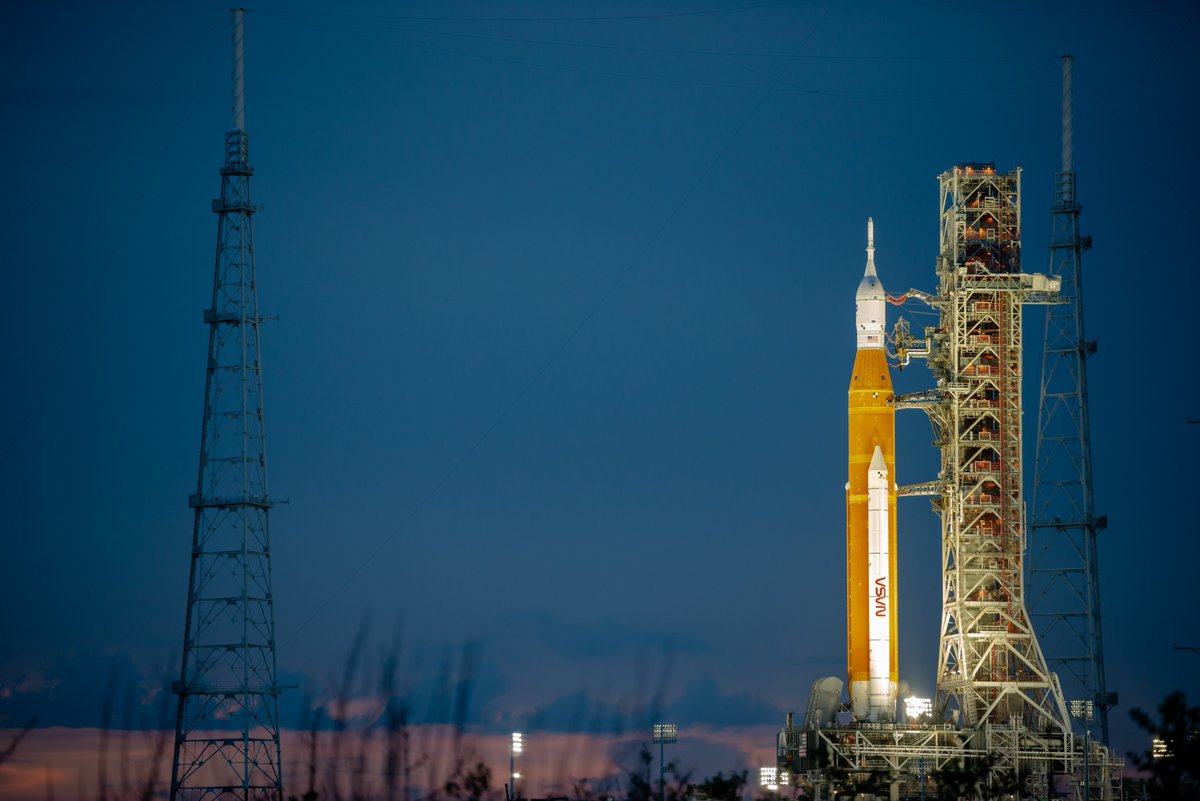
The moon has captured the attention of humankind for as long as we have gazed upon the stars. Reflecting the sun's light each dark night, its presence reminds us of worlds beyond our own.
But astronauts have done much more than simply look upon it. On 20 July 1969, the first humans landed on the moon. As part of a series of missions dubbed the Apollo program, NASA astronauts returned to Earth with more knowledge of the rocky orb than our species had ever acquired before.
However, to think that a handful of missions to this world would make us experts of this foreign terrain would be a mistake. We have only explored a tiny portion of the moon, and there is still so much more to learn.
Read the full feature in the latest All About Space.
Dark energy: The force tearing space apart
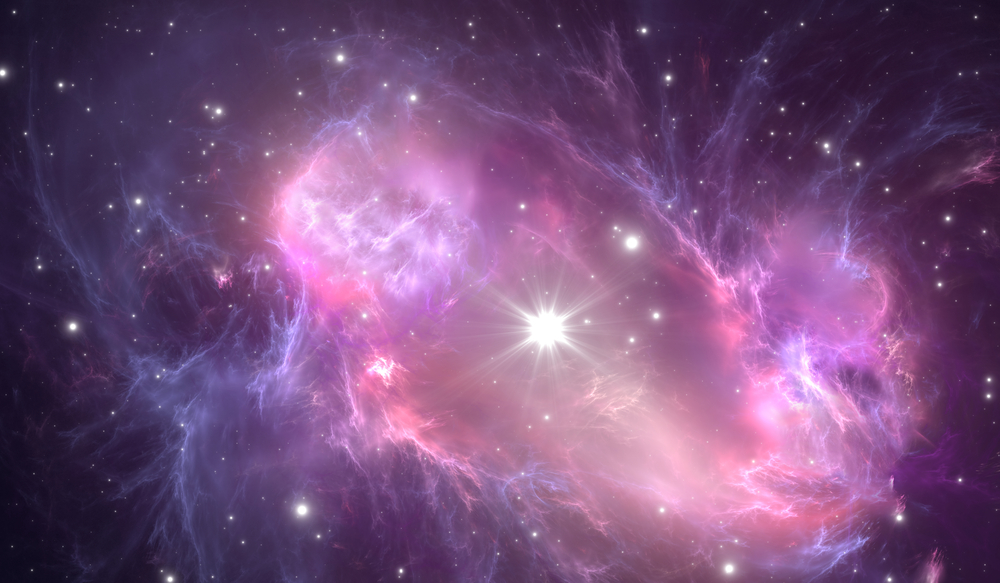
Our universe is growing. Ever since the Big Bang, every point in the fabric of space has been expanding in all directions. This expansion is carrying almost all galaxies away from us.
The biggest surprise came in 1998 with the discovery that not only is the universe expanding, but that expansion is accelerating. Nobody knows why, but scientists have come up with a term for the mysterious force driving the acceleration: dark energy.
Read the full feature in the latest All About Space.
Why is there a dwarf planet in the asteroid belt?
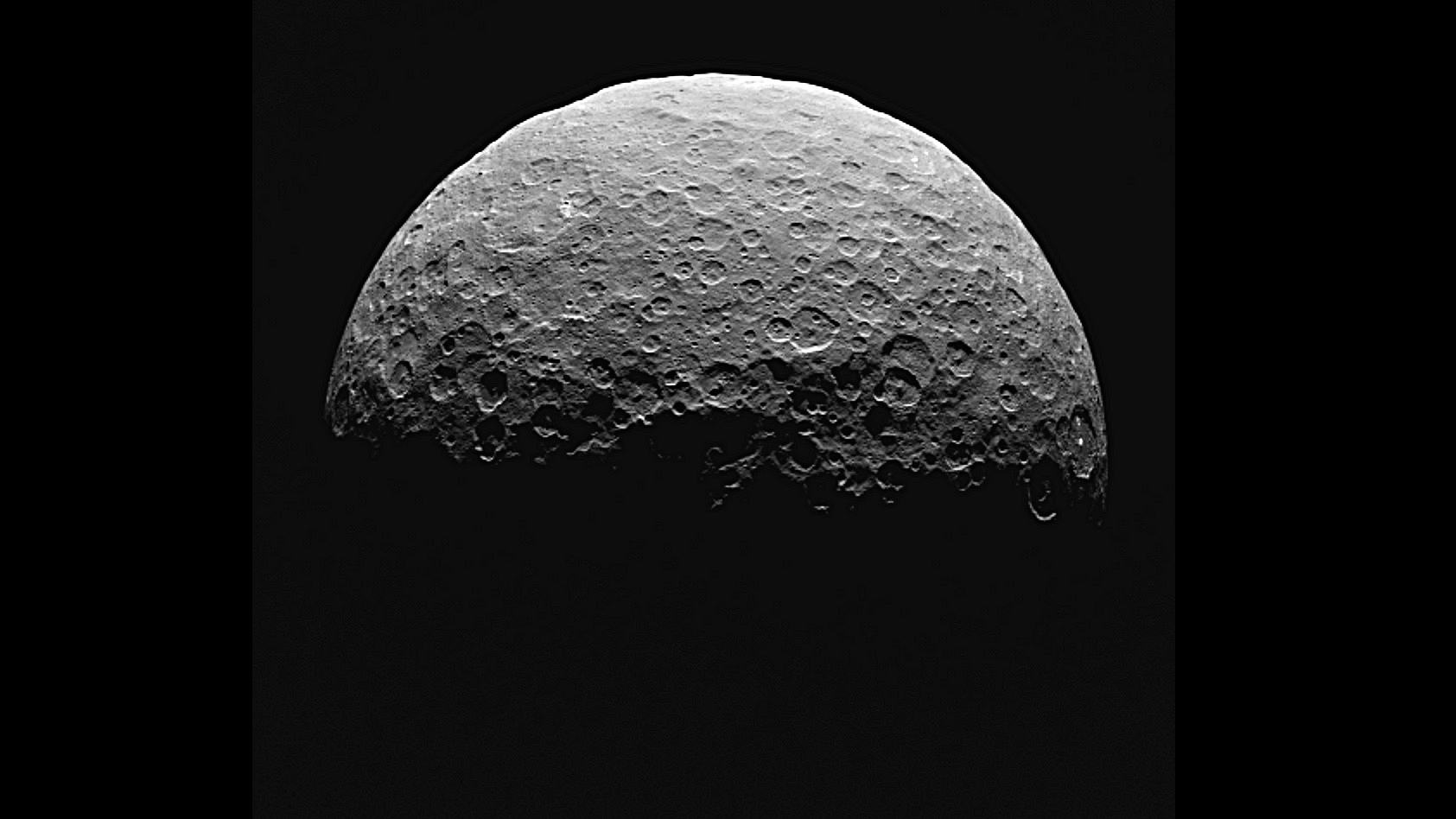
There's something special about Ceres, the small but significant world located in the asteroid belt between Mars and Jupiter. Quite aside from it potentially having a water-vapor plume and subsurface water, it's also a round object in an area otherwise filled with misshapen space rocks.
It's much larger than any of its neighbors, and there's a slim chance it could harbor life. Ceres has also suffered an identity crisis.
Read the full feature in the latest All About Space.
Join our Space Forums to keep talking space on the latest missions, night sky and more! And if you have a news tip, correction or comment, let us know at: community@space.com.

Daisy Dobrijevic joined Space.com in February 2022 having previously worked for our sister publication All About Space magazine as a staff writer. Before joining us, Daisy completed an editorial internship with the BBC Sky at Night Magazine and worked at the National Space Centre in Leicester, U.K., where she enjoyed communicating space science to the public. In 2021, Daisy completed a PhD in plant physiology and also holds a Master's in Environmental Science, she is currently based in Nottingham, U.K. Daisy is passionate about all things space, with a penchant for solar activity and space weather. She has a strong interest in astrotourism and loves nothing more than a good northern lights chase!









